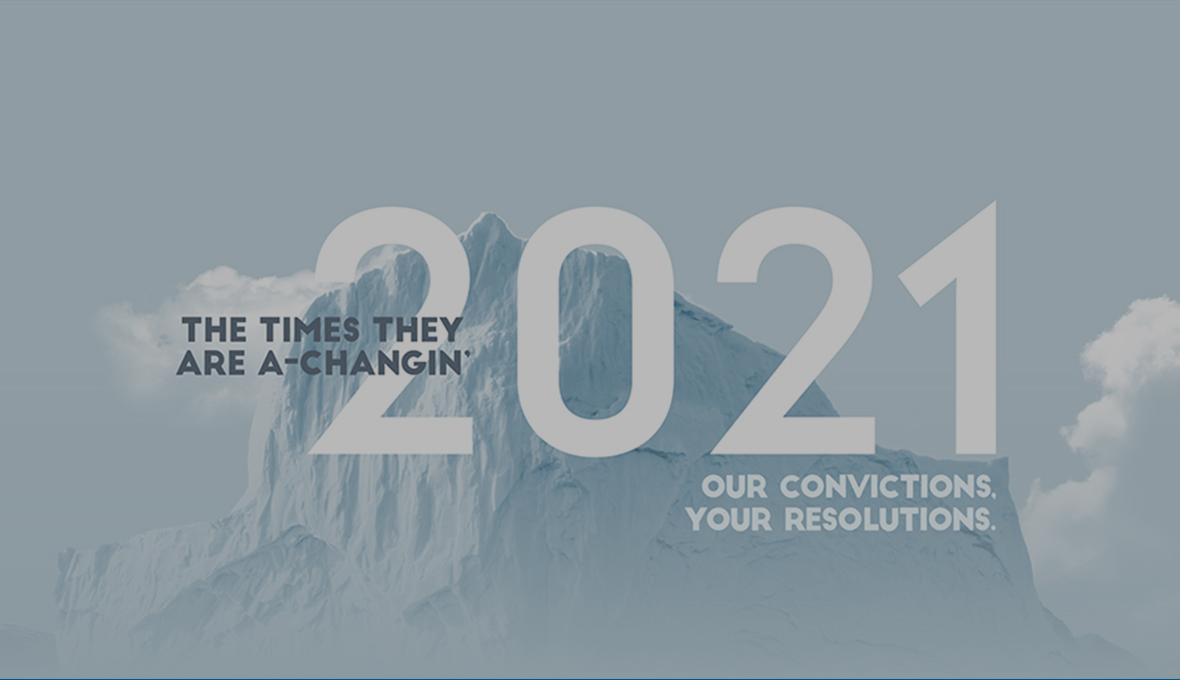2020 may prove to be the year when we learnt a huge amount about the future of the real estate sector in a very short space of time. COVID has trampled all over the real estate cycle and to many it will feel like we have lived 7 years of change in 7 months. The Great Lockdown visibly accelerated many pre-existing trends, creating a profound pattern of winners and losers, amplifying dispersion and bolstering the levels of investor conviction around key secular themes.
The biggest beneficiary of this effect have been logistics properties. Investors now have even more appetite for logistics and last mile fulfilment assets facilities. Investors also, understandably, remain bullish about residential for rent assets as the supply of high-quality apartments in European cities remains extremely constrained and demand for affordable spaces remains robust.
We have also all learnt even more about retail assets. Grocery anchored retail parks selling necessity goods have traded their socks off throughout the pandemic, footfall in retail parks has barely skipped a beat during lockdown and rent collections have remained high. After five years of creeping uncertainty, lockdown has helped differentiate what we need in the retail sector from what we do not. Investors are now starting to differentiate and parks that are grocery anchored are diverging from shops and traditional malls. Rising transaction volumes in this new ‘fulfilment’ niche suggests that investors may sense opportunity.
The real estate sectors that have been hit hardest by the downside of the ‘shock’ effect have been those related to tourism, leisure and social discretionary spending. These spaces have been popular with investors playing ‘wealth creation’ thematics. However, the cashflow consequences associated with low visitor numbers are now morphing into capital structure issues. This just shows that strategies with a strong thematic can still be upended but will, of course, be an opportunity for new capital to enter the sector.
Lockdown has also triggered debates over the pace of urbanisation and the role of workplaces. Given the importance of this debate, back in May we set up a study to assess the impact of the lockdown on cities and office users. Our urban workplaces survey spans six European cities and over 6,000 participants. We ran it twice in June and September. The work has yielded some significant insights that is helping guide our perspectives of cities and their office markets.
Firstly, knowledge matters. High knowledge workers and low knowledge workers think differently about cities and workplaces. High knowledge workers want to gather in shared spaces, they want to go back into the office and they see cities and offices as a valuable learning, collaborative and creative environment. They also appreciate management flexibility and space agility. This has implications for design and density of space use – but our numbers clearly show that high knowledge companies need high knowledge cities and high-quality office spaces that they can use flexibly. We view this as a net positive, it will continue to reinforce the urbanisation trend is a major driver of our strategies in high knowledge cities and will help accelerate the process of repositioning urban office assets, creating significant opportunity for investors that have a repurposing skills and the right asset management platform.
Over the last nine months we have had a preview of what the future holds for much of the next decade. This is an extraordinary learning environment for managers and we are focussed on adapting so that our clients can reap the benefits of this change. Tumultuous times are always a great opportunity to make risk adjusted returns and that is what we are focussed on as we head into 2021.
